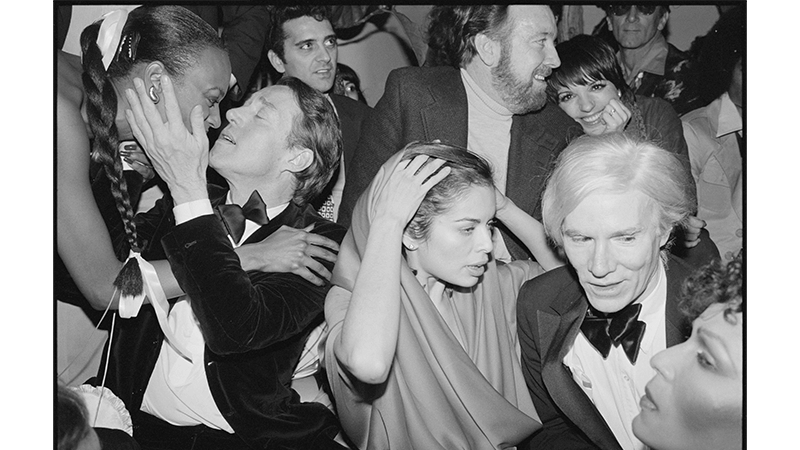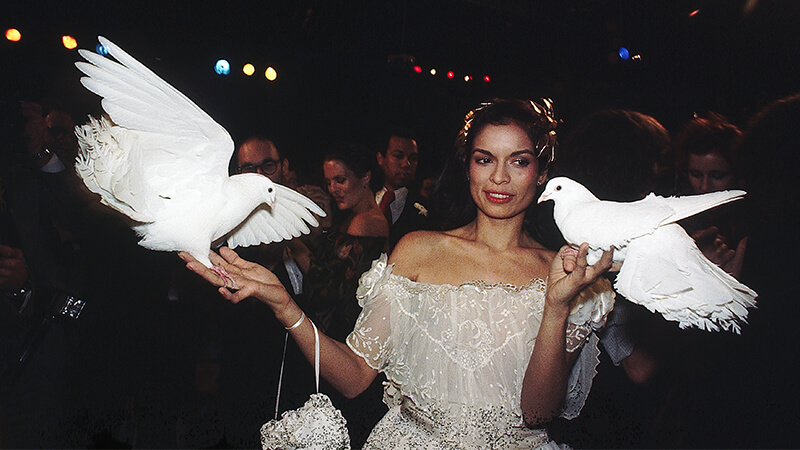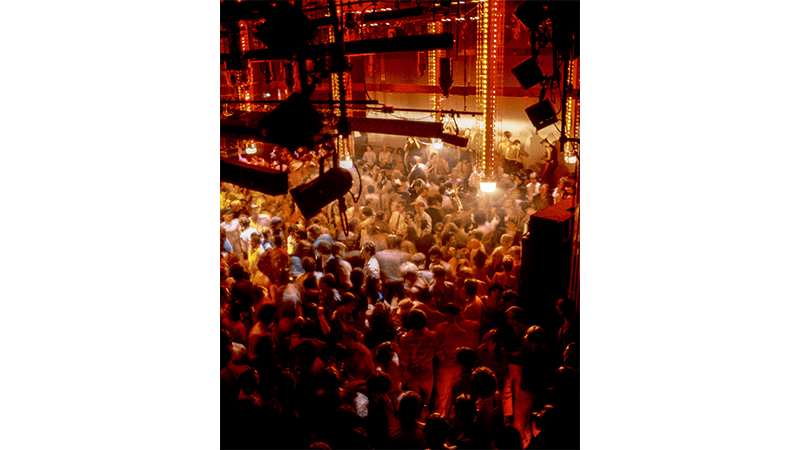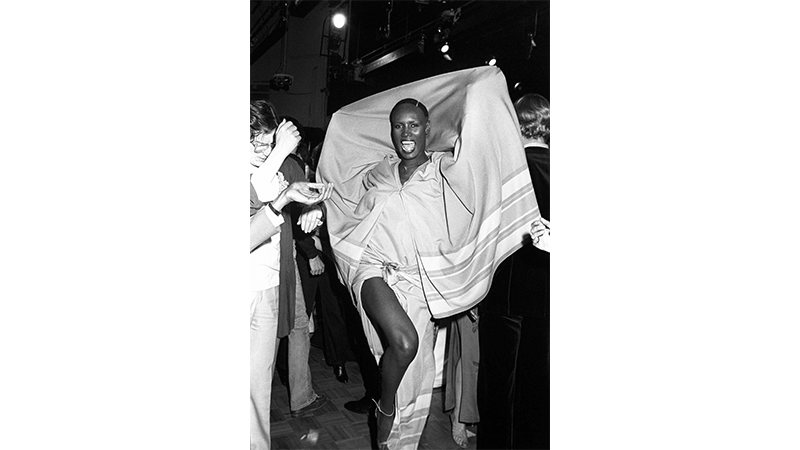“Solace In The Rhythms Of Disco” – Studio 54’s Founder On The Ultimate Escape From Reality
What is it about Studio 54 that still commands the world’s attention, 44 years after its closure? It remains a space shrouded in mystery and hedonism, where only those fortunate enough to step through its doors can truly understand the tales the photographs fail to convey. In an era devoid of iPhones, cameras and constant recordings, names such as Andy Warhol, Grace Jones and Liza Minnelli revelled in carefree abandon, shielded from the prying eyes of the press and unbothered by the fear of public scrutiny.

“It just amazes me that almost 50 years later, [Studio 54] still captures everyone’s imagination,” says the club’s co-founder Ian Schrager, on the lasting allure of his brainchild. “I’m a big believer in the human condition and the human spirit, and that doesn’t change – we all still crave the same thing.”
Schrager, alongside his business partner Steve Rubell, opened in New York City in the summer of 1977 with a strong vision: to curate a space for a vibrant mix of people, whose meeting would ignite an explosive energy. “We wanted to create a venue where people from all walks of life could come together and feel free to let loose,” Schrager says.
The now-veteran hotelier reveals that some of the inspiration for Studio 54 came from New York’s gay clubs at the time: “They were full of hot, sweaty and unbridled dancing and energy with explosive fun on the floor,” he says. “Our goal was to take that almost tribal, religious energy from the dancefloors in those clubs and bring it to a wider audience.”

Schrager managed to curate what he calls “the perfect salad of people” and he did that with a militant door policy – an approach famously summarised by Andy Warhol: “The key of the success of Studio 54 is that it’s a dictatorship at the door and a democracy on the dance floor.” Schrager explains: “In other words, if we wanted women to feel comfortable in there and not be bothered or hit on unwantedly by men, we would be keeping out the guys we thought would do that.”
There aren’t many places in life, especially today, where you can go to feel absolutely unrestricted; where you can live your fantasy and do anything and everything you want. “I think that desire for absolute freedom is something we all crave all the time,” Schrager muses. Studio 54 was a sanctuary of uninhibited self-expression and boundless possibility, something Schrager believes led to the enduring appeal.

The craving for emotional release from the happenings of the real world fuels any dance floor with energy. Seventies New York was a time of economic disparity, soaring crime rates and cultural shifts. It was bubbling with a need for change, creating space for a venue grounded in shared escapism. Enter Studio 54: within its glittering walls, people from all walks of life found solace in the rhythms of disco, transcending the realities of their daily existence.

Fast forward to today, and we find ourselves navigating a post-Covid world fraught with geopolitical tensions, humanitarian crises and a relentless flow of distressing headlines. Disco’s freedom and hedonism resonates more than ever as the desire for a fleeting escape from the chaos grows. However, there’s a lack of places where one can truly escape.
Aside from venues such as Berlin’s Berghain and London’s Fabric (which either enforce a no-phone policy or require mandatory stickers over cameras), nights often unfold through the screen of a smartphone – whether that’s your own or someone else’s. “If you were to recreate Studio, the number one rule would be you’d have to keep out technology,” says Schrager. “It takes a young person, an innovative person, a daring person, or somebody bold that wants to do something that they feel. I’m very surprised that nobody has come up with another new idea; very surprised.”
In the digital age, it’s hard to imagine a night out without a digital footprint. For many young people, capturing every moment and sharing it online is essential. Schrager believes this obsession with documenting our lives has stifled creativity in modern club culture. “We’re stuck recycling the same old ideas,” he says. Gone are the days where people would look to the clubs as hotbeds of creativity and experimentation. Instead, most venues feel like carbon copies of one another, offering the same experiences to a generation more concerned with online personas than living in the moment.
In a world where authenticity is often sacrificed for likes and follows, the legacy of Studio 54 serves as a reminder of a time when the night was about letting loose and being yourself, free from the pressures of social media. As we navigate this digital age, perhaps it’s time to reclaim the spontaneity and authenticity that made places like Studio 54 so special. “It’s not about who you are, if you are rich or poor, young or old,” says Schrager. “It’s just about finding a way to get everyone mixed together – that is what always creates the energy.”
Ian Schrager’s 4 Must-Haves For Creating An Incredible Club…
- A Great Dancefloor – “The heart of any club has to be the dance floor. I think in order to activate the dance floor, you have to have visual effects.”
- A Killer Playlist – “The music must be drop-dead! It can’t be categorised into a box. It has to be eclectic; it has to be from all places, all time periods. It just must be good music. Now, all the young people, they talk about this kind of music and that kind of music and I say, give me a break. Good music. Great music. I don’t care where it’s from.”
- Everyone Must Feel Welcome – “At the end of the day, it makes the people feel comfortable. I have to really feel comfortable and that everyone that’s in the place is non-judgmental about what anybody does.”
- It Must Feel Like A Sensory Overload – “You have to have all five of the senses stimulated: sound, taste, everything. It should be an assault on every sense, and that the experience has to be completely immersive.”
Pia Brynteson is Digital Editor at Service95




